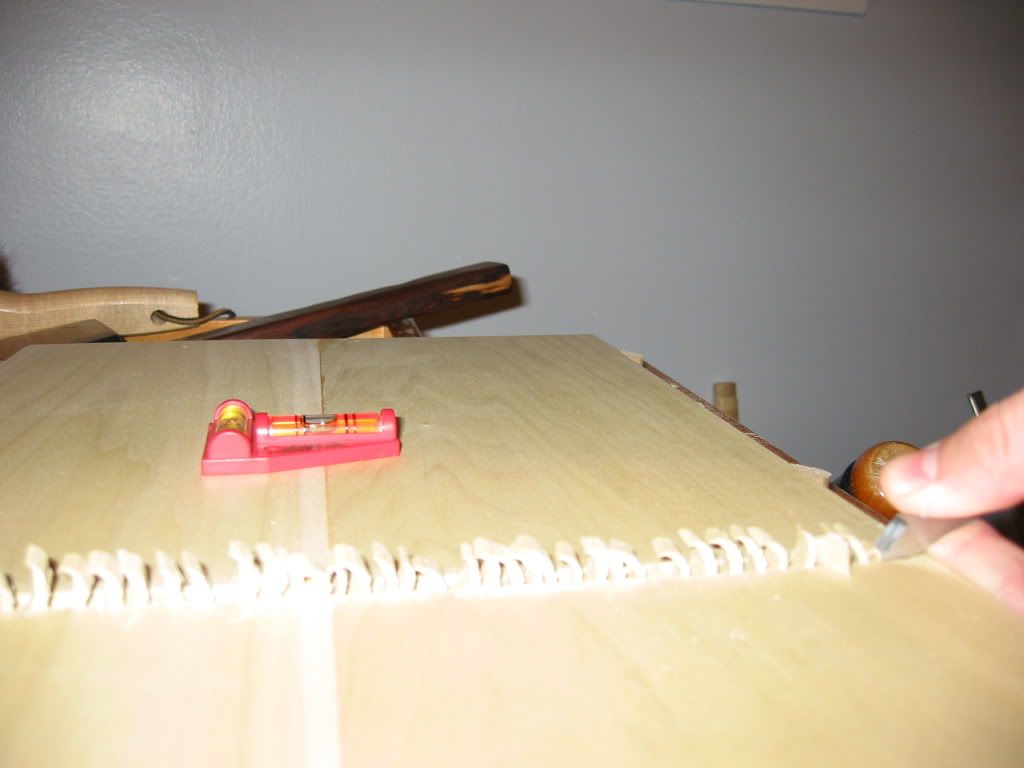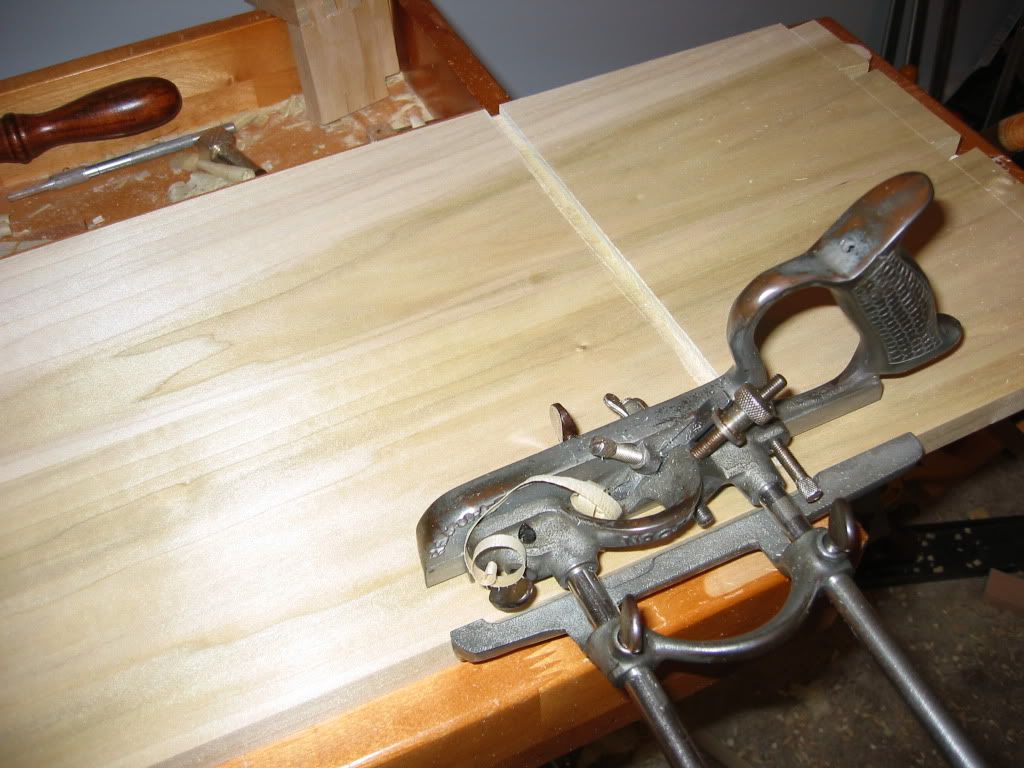which tools would one need to cover all of his dado needs? I do not own not will I ever (most likely) own a table saw, those things scare the $%@ out of me. I can use a router but I'm not fond of it as much as I love hand tools.
so besides a skew rabbet block plane and a plow plane, what will I need to cover all my dado needs? I'm assuming a large router plane will be in order, but how can you guide it for a straight cut in the middle of a large panel?
Thanks in advance, I'd rather spend a ton on specialized hand tools than risk loosing a finger (I'm a classical guitar player before a carpenter at the moment).




 Reply With Quote
Reply With Quote



 ) but a #50 is generally not that expensive.
) but a #50 is generally not that expensive.

